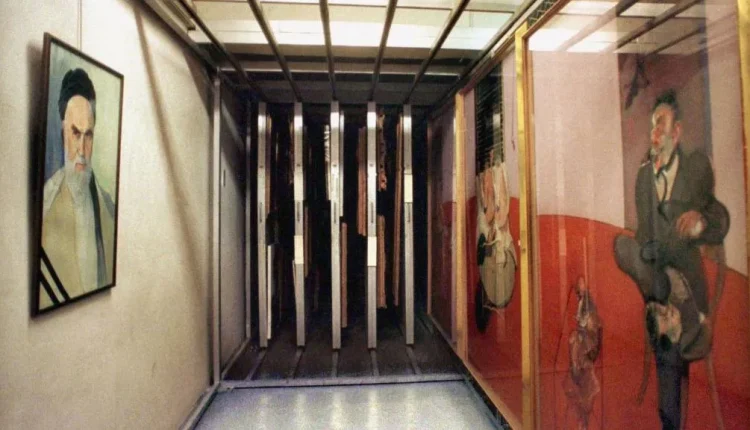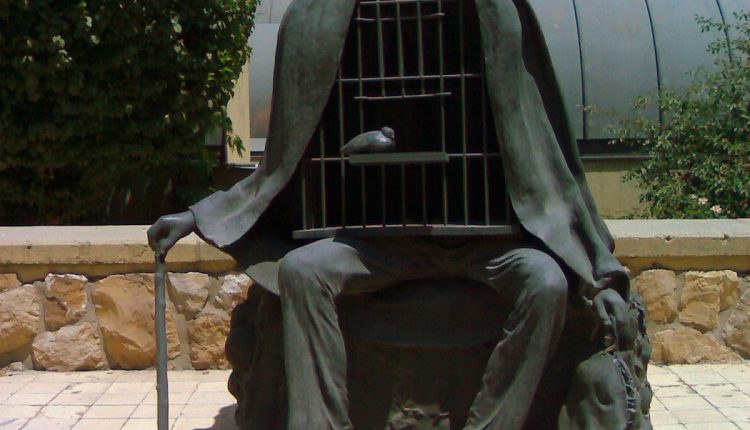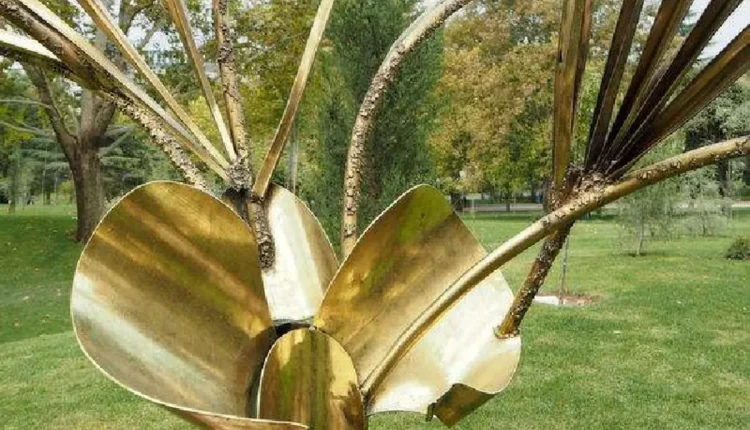The Hidden Masterpiece in Mellat Park: How the Golden Palm Was Created
The Hidden Masterpiece in Mellat Park: How the Golden Palm Was Created
Amid the everyday bustle of Tehran, inside one of its most nostalgic and historic green spaces, stands a gleaming sculpture that tells a story beyond art and metal. Many who stroll through Mellat Park may have noticed it, yet few know the history and cultural value behind it — the Golden Palm, a striking piece by Finnish sculptor Eila Hiltunen, installed in 1975.
At the time, Mellat Park was little more than open ground. Hiltunen chose the palm tree as her subject because in Iran it symbolises strength, blessing and vitality. Through her design, she aimed to honour Persian traditions while expressing unity between nature and art.

Originally made from aluminium, the sculpture gradually darkened over the decades, its golden surface turning black. In 2015, Iranian sculptor Ebrāhim Eskandari, under the supervision of Finnish experts, led a full restoration. The team reconstructed damaged fronds and revived the piece’s original lustre.
Today, the Golden Palm stands as a symbol of friendship between Iran and Finland, representing decades of cultural cooperation and artistic dialogue.
Historical sculptures
There are several notable foreign sculptures located across Tehran, many of which are found in public spaces, sculpture gardens, and major art museums. The Tehran Museum of Contemporary Art (TMoCA) is especially renowned for its international collection, including works by Western artists displayed both indoors and outdoors.

Sol LeWitt’s “Open Cube” and other conceptual sculptures by American minimalist pioneer Sol LeWitt, featured in exhibitions at TMoCA and Engelab Square.
Donald Judd’s minimalist brass and aluminum panels installed at TMoCA, often described as a centerpiece of the museum’s modern collection.

“Le Thérapeute” (1967) by René Magritte


